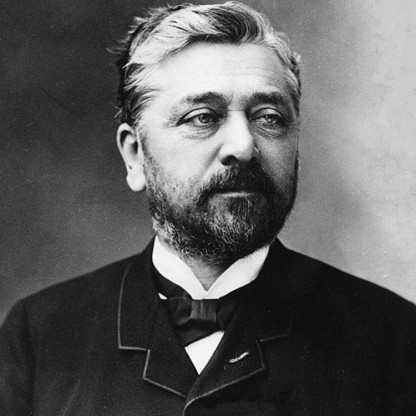In 1949, Hounsfield began work at EMI, Ltd. in Hayes, Middlesex, where he researched guided weapon systems and radar. Hounsfield incorrectly gave this date as 1951 when he wrote his autobiography which is available on the Nobel Prize website. The correct date is 10 October 1949 as stated in a biography of Hounsfield. At EMI, he became interested in computers and in 1958, he helped design the first commercially available all-transistor computer made in Great Britain: the EMIDEC 1100. Shortly afterwards, he began work on the CT scanner at EMI. He continued to improve CT scanning, introducing a whole-body scanner in 1975, and was senior researcher (and after his retirement in 1984, consultant) to the laboratories.














